A new study looks at booming population growth around Montana’s public lands, which help drive commerce and community values—this could be an indication of the West’s changing economy
Missoula, Montana, home of the TRCP’s Western outpost—is a mecca for outdoor enthusiasts. Folks from all over the country choose to live or vacation here because of the fishing, hiking, mountain biking, camping, rafting, and hunting that waits just a hop, skip, and a jump from your front door or hotel room.
When it came time to move from my previous home in Bend, Ore.—also an outdoorsman’s paradise—Missoula was on the short list of places my fiancée and I were willing to live next. Our criteria are simple: It can’t be too big or too small of a town, and there must be ample access to hunting, fishing, and recreation in the outdoors. In other words, access to public lands is a deal breaker for us.
And apparently, we’re not alone: According to a recent study from Montana nonprofit Headwaters Economics, public lands in Montana attract and move many. The results show that counties with a high percentage of national public lands have experienced a population increase of 2.87 percent, while counties with less than the median share of public lands have experienced a total population decline of 2.22 percent. The western half of Montana—the part with the most public land—is growing most rapidly.
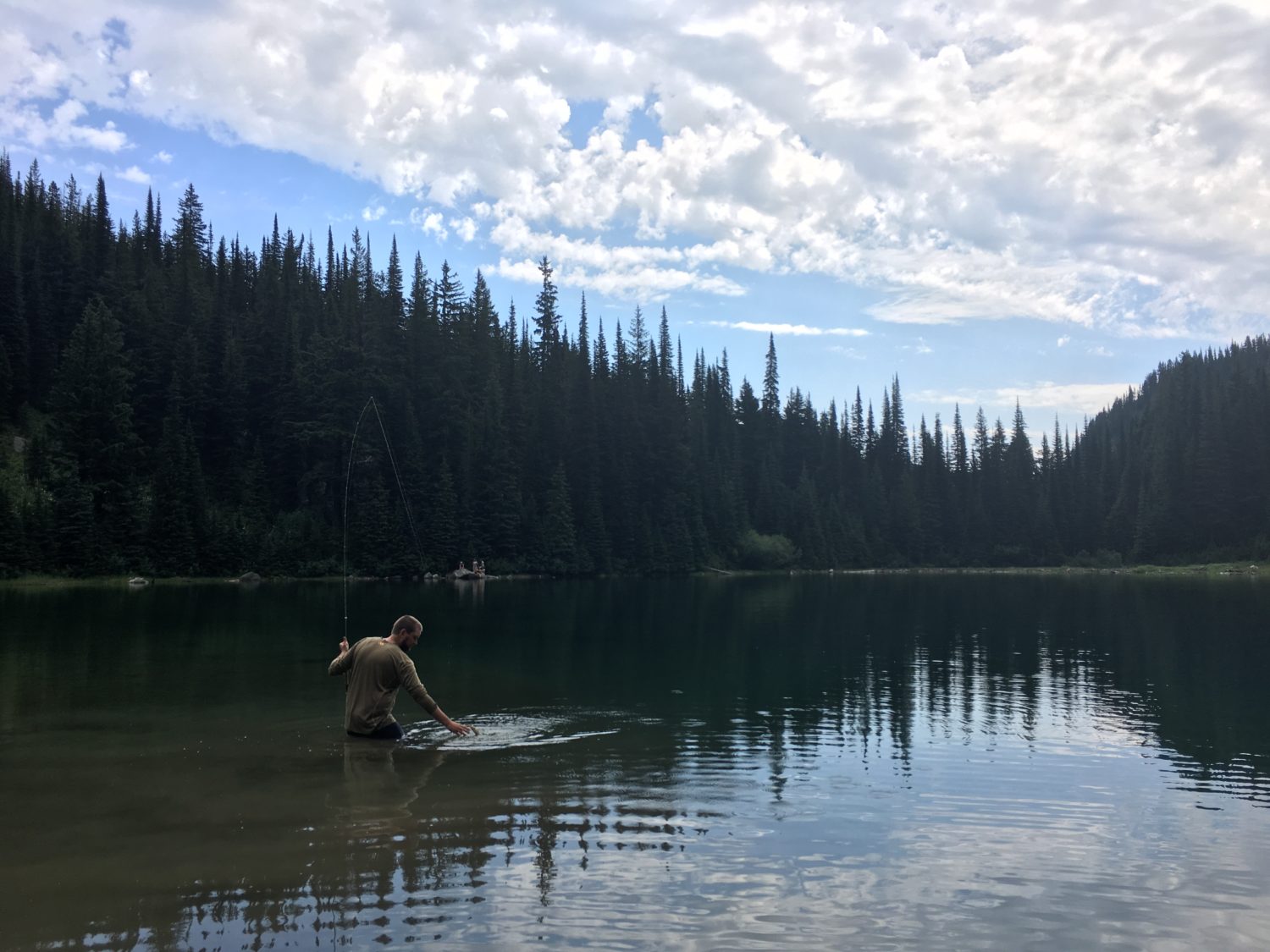
This seems to be a trend across the West: The data show that counties with the most public land are outpacing the counties with the least public land in population, employment rate, and income growth.
With so many flocking to the “Last Best Place,” Montana’s economy is booming. From 2000 to 2015, the state has outpaced the rest of the U.S. in terms of employment and income growth. What sets Montana apart from most other states? Well, for one, 29 percent of the state is public land, creating quite a large hunting and fishing playground.
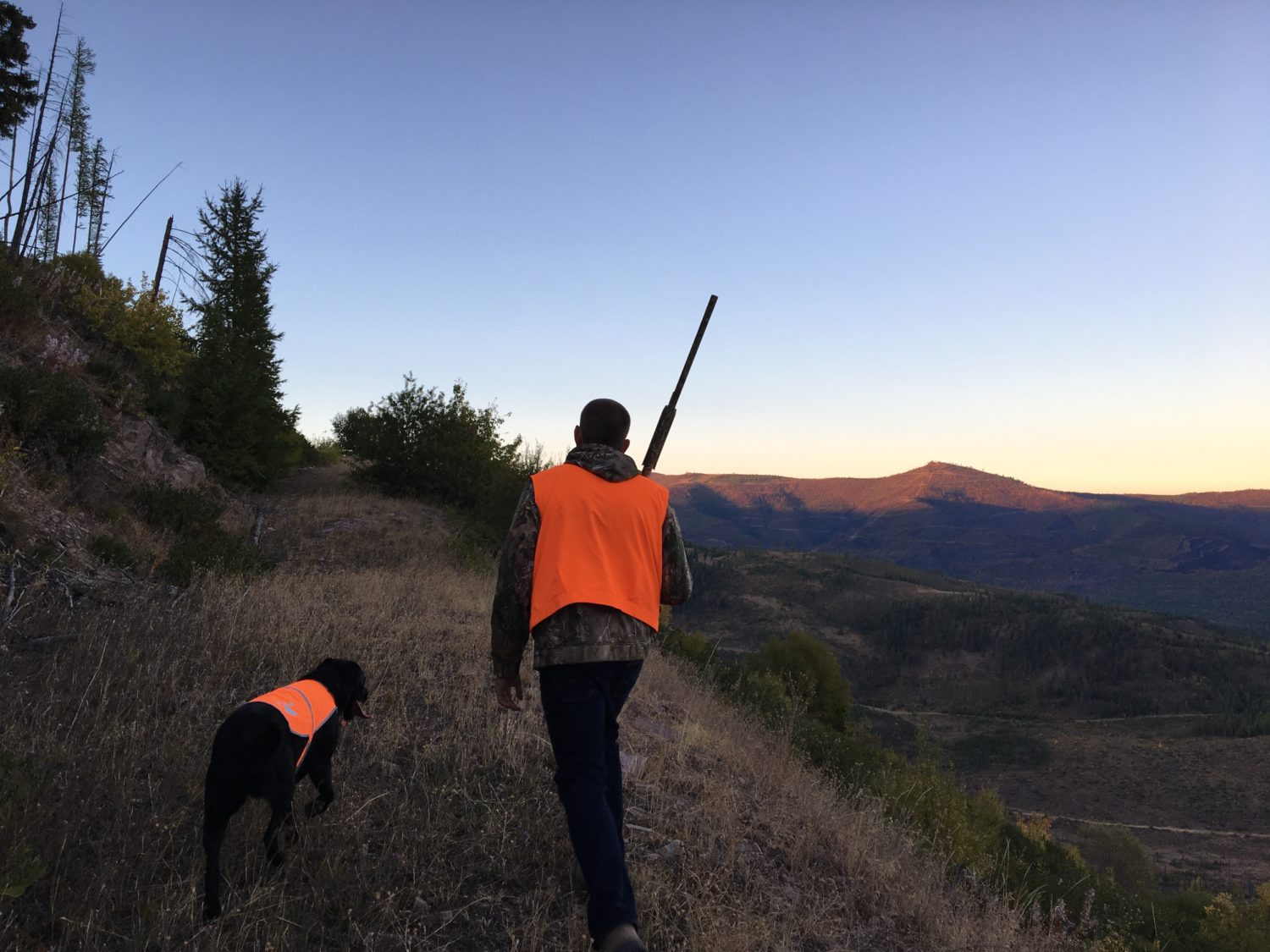
According to the Outdoor Industry Association, more than four in five Montanans engage in outdoor recreation each year, and this booming sector supports 71,000 direct jobs. For comparison, that’s more jobs than construction and manufacturing in the state. The $7.1 billion netted annually from outdoor recreation spending is significantly more than the entire statewide value of agricultural crops, livestock, and poultry. And considering that our state has the second-lowest population density in the lower 48 and just over a million people, the $286 million in state and local tax revenue created by outdoor recreation means a whole heck of a lot to Montanans. Very little of it would exists without the state’s expansive public lands.
Public lands are the main attractant, and the service industries that cater to new residents and visitors are thriving. Everything from hotels, restaurants, and grocery stores to realtors and lawyers now account for 60 percent of total earnings in Montana. Things are changing.
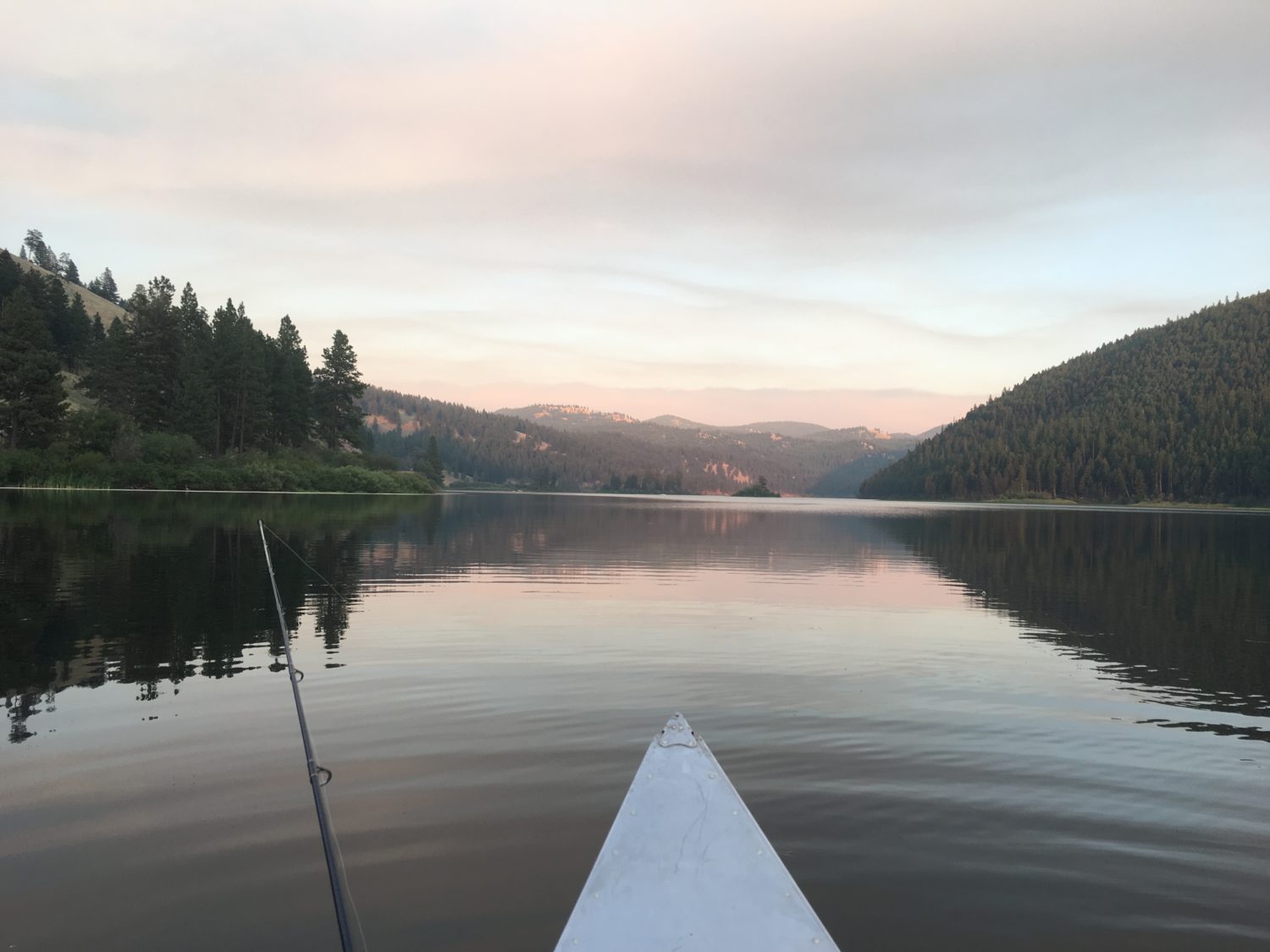
And the outdoors don’t only nurture outdoor-related and service careers. Many businesses and individuals now have the luxury of setting up shop wherever they can get reliable Internet access. It’s no wonder that public-land-rich towns like Bend, Ore., Boulder, Colo., and Missoula, Mont., are seeing the tech industry settle in.
This is all to say that the P&L sheet for America’s public lands can’t be based solely on property taxes and extracted resources. To fairly value these public lands (something some lawmakers would prefer not to do) we need to take a step back and measure all the economic impacts—the service industry businesses that benefit when hunters come to town, the attraction for big employers, and maybe even the tech company CEO’s desire to live somewhere he can fish year-round.

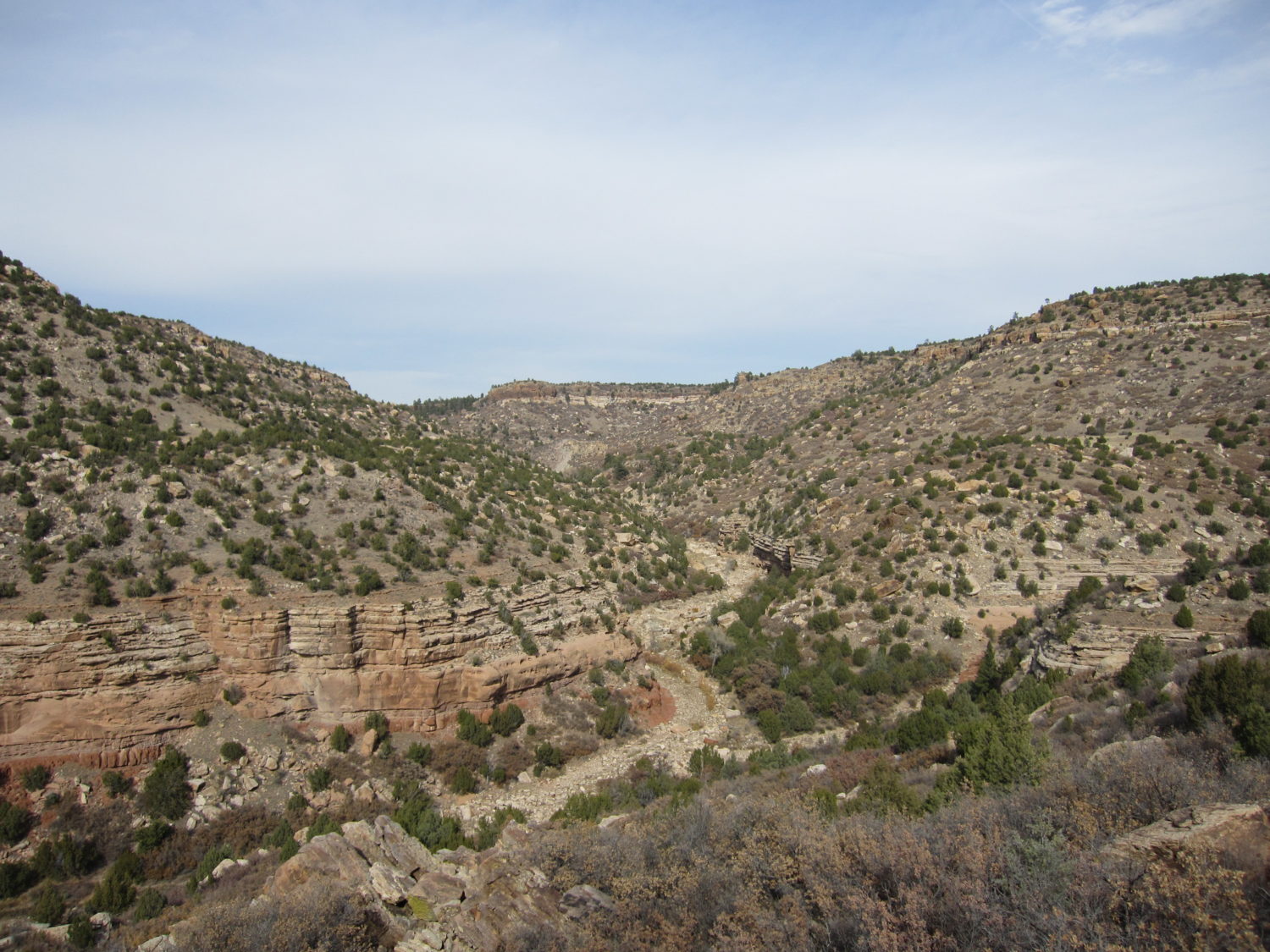
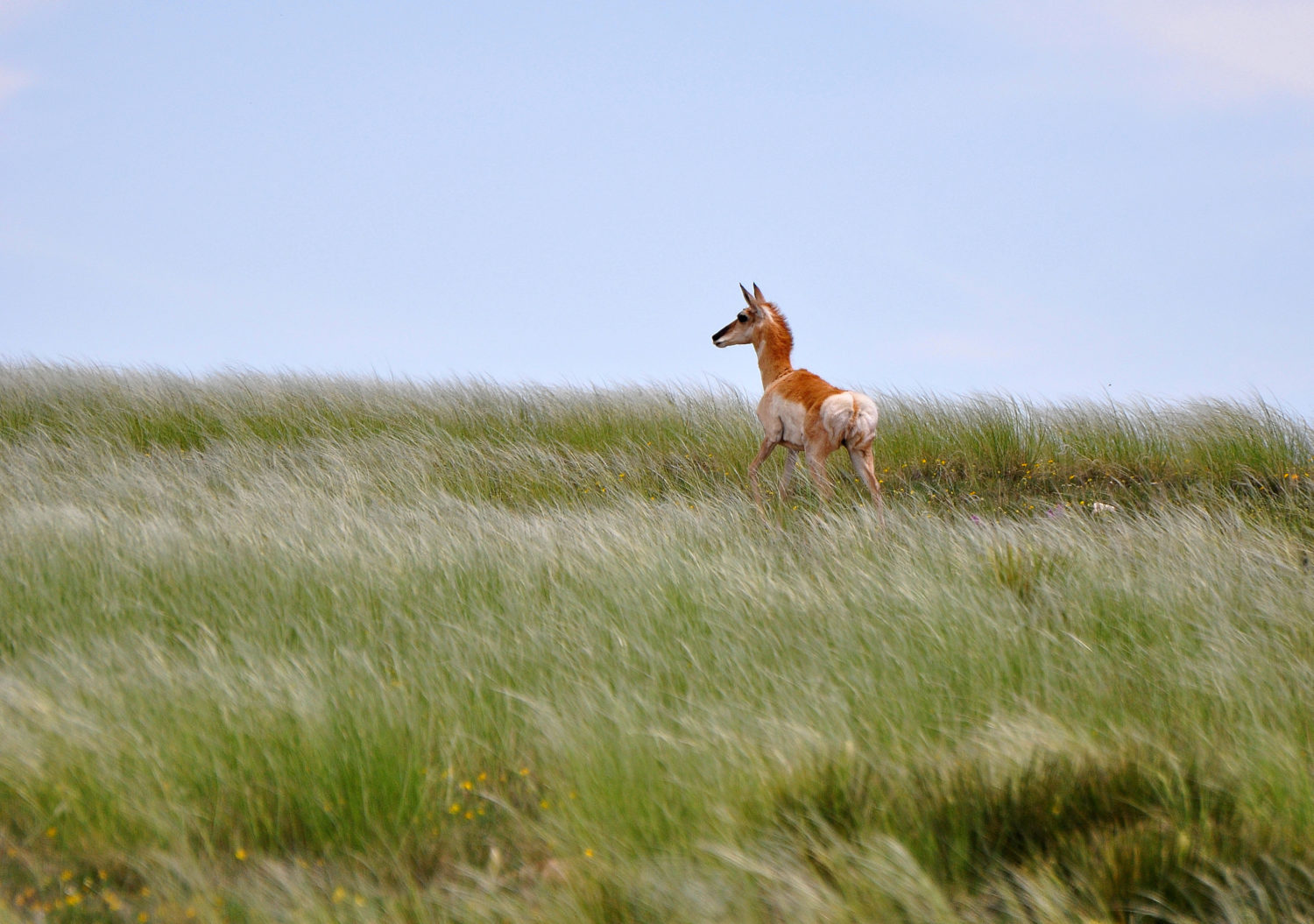
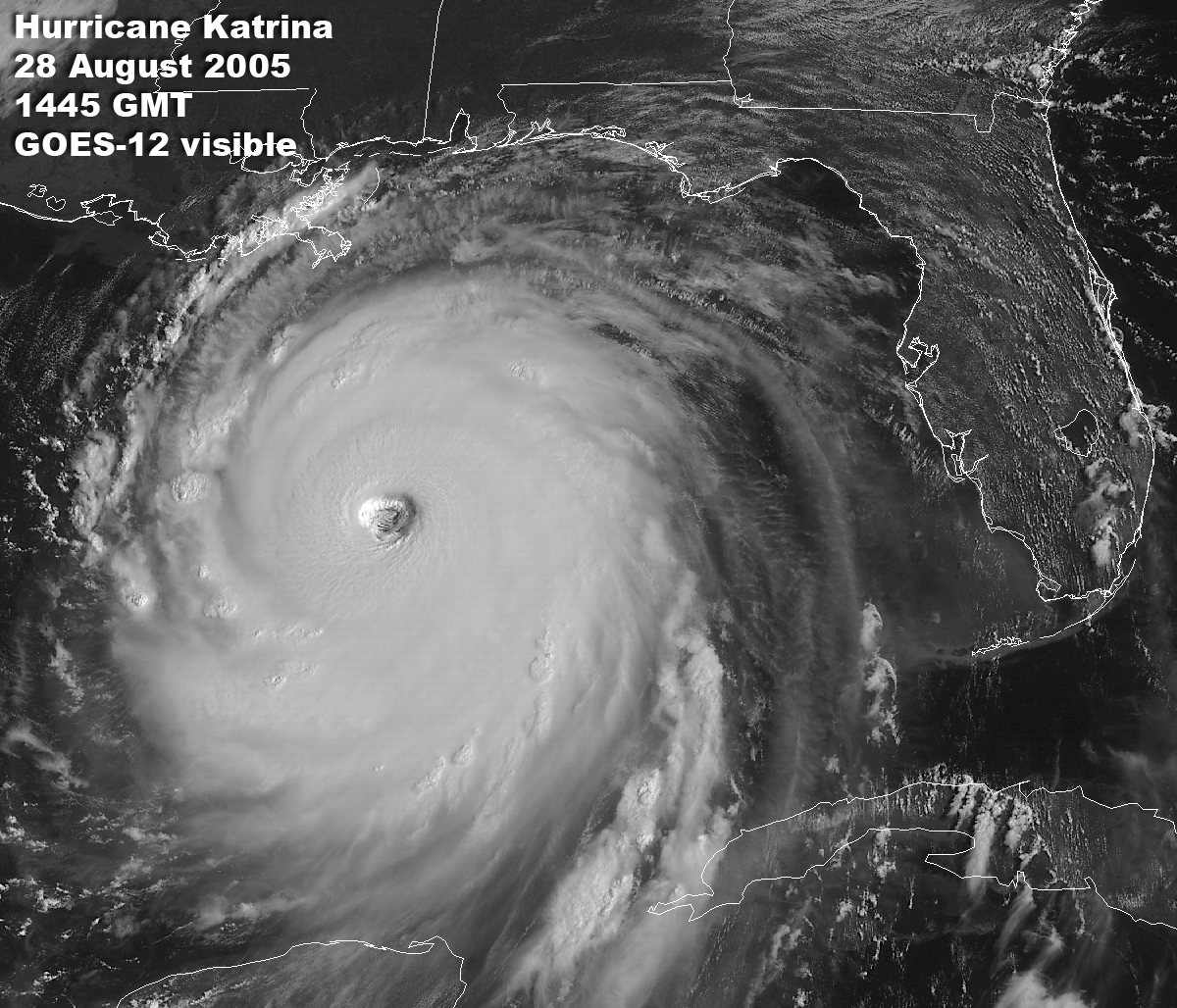
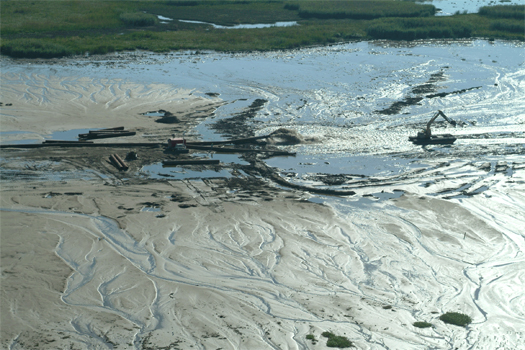
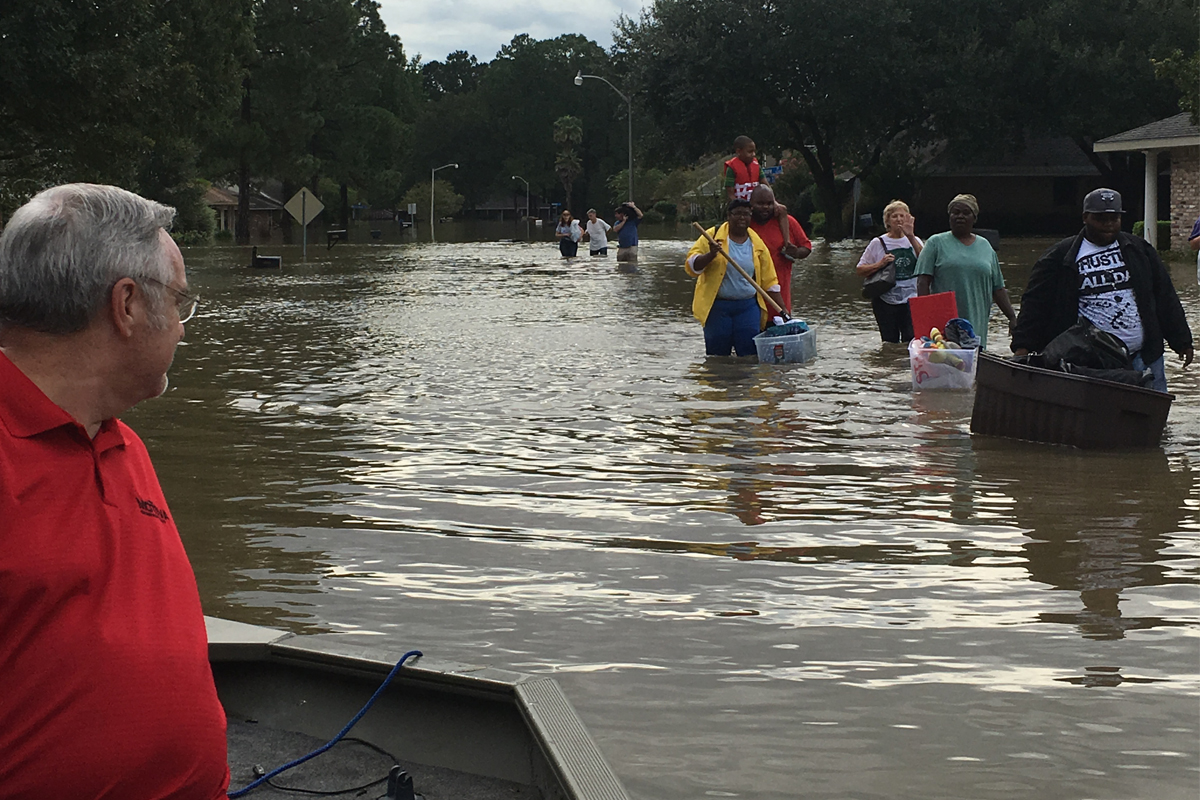
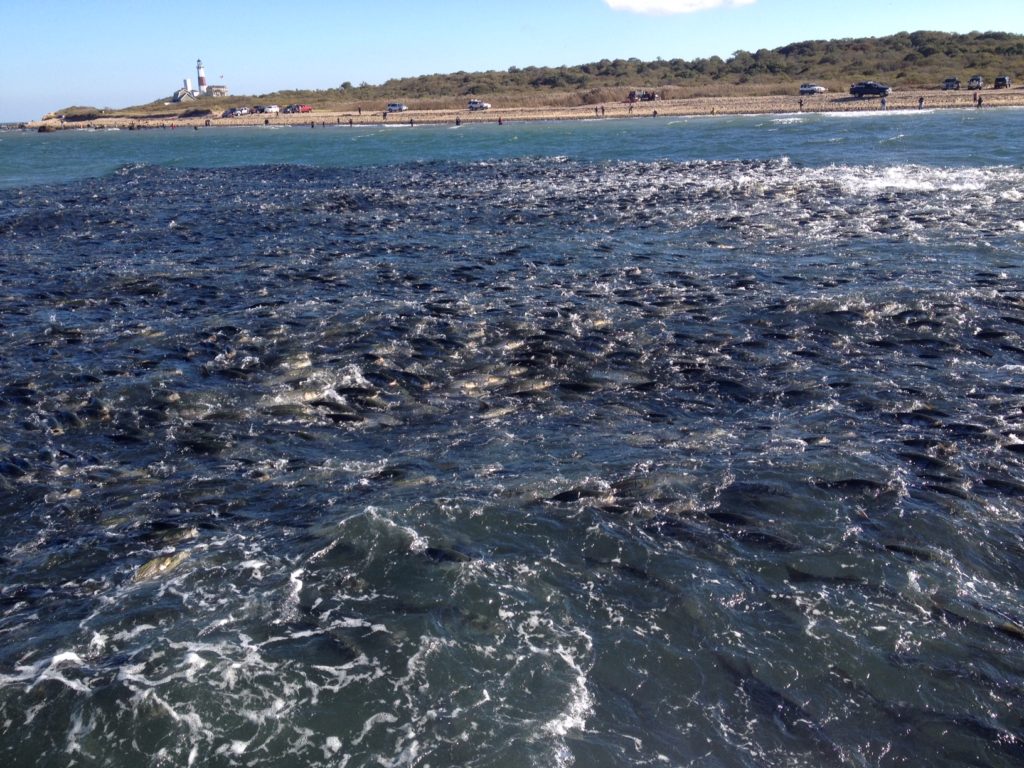





That growth is wonderful until there are condo’s and homes built up against the borders. Try hunting with homes that you can throw a rock and hit one. That is why I have stooped hunting state land in South-East Michigan. There are also issues in some of the western states where the owner of the property that touches a waterway own that part of the river.
Before we all rejoice lets be careful about what we consider success.
Save our public lands
WOW! I have to say, I TOTALLY AGREE(W/THE ABOVE PARAGRAPH/STATEMENT of Sept. 28th[2017]))! There just HAS TO BE SOME LIMITATIONS IN THIS PARTICULAR ISSUE/MOVEMENT! Sure, Montana IS another beautiful state, with MANY beautiful & wonderful (“natural”) areas where many might want to also live! I live in the (still) “generally beautiful” state of California, with “its” yet & “ever-growing” populous. If “I” was to move to a state such as Montana, I might (now) think twice AGAIN, as I certainly WOULD NOT WANT to move to yet “ANOTHER [MESSED-UP] BUILT-UP” SUBURBAN METROPOLIS! “SOMEBODY” NEEDS TO ‘GET A GRIP’! Thank you!
The last thing I want to see hunting, backpacking, fishing public land is somebody’s house. Many public lands have been lost to this type of movement. Most of them have lost to subdivisions, quick shops, small strip malls. Just look at the Lake of the Ozarks 40 years ago to now. This is only one area that has lost almost all of the public land and right-a-ways. There many more.
I believe that this is a wonderful testament to the importance of public lands. My son just completed a summer internship job working on snow pack data in Denver. He said that he found out very quickly not to be on the highways after 4 PM on Fridays because it was a mass exodus to the mountains. Does Denver take away from the expanse of the beautiful public lands in the area. I don’t believe so. There have been boomtowns near Nat’l Parks since Nat’l Parks. Take Jackson, WY for example. It has become a destination in and of itself. As long as western public lands aren’t sold off to the highest bidder, there will be plenty of acreage for all to enjoy without worrying about staying near the boarders.